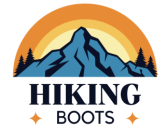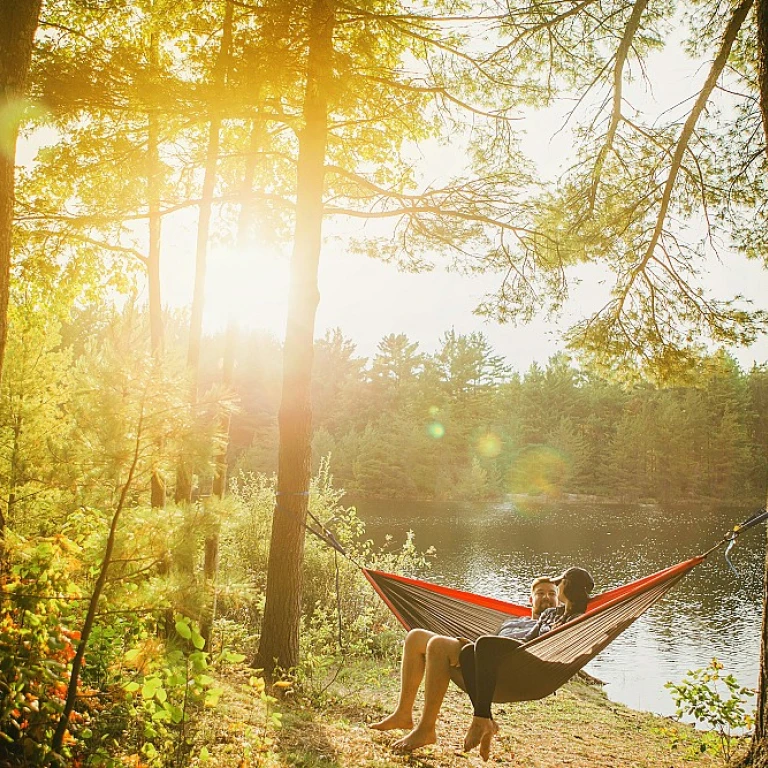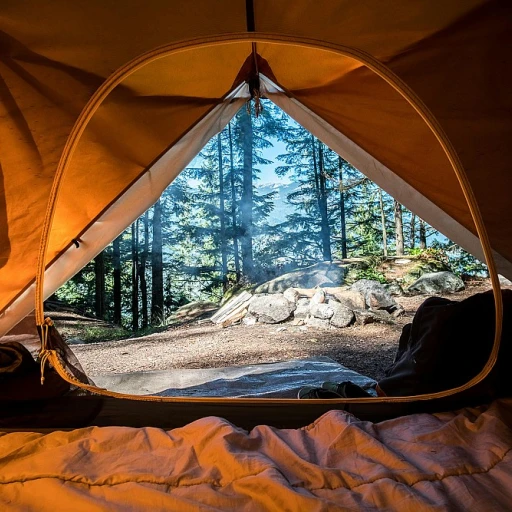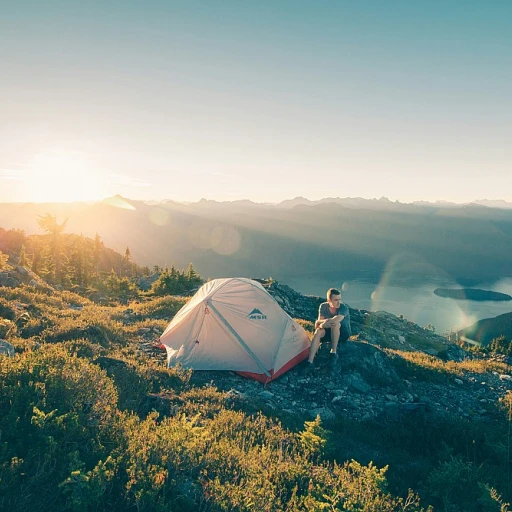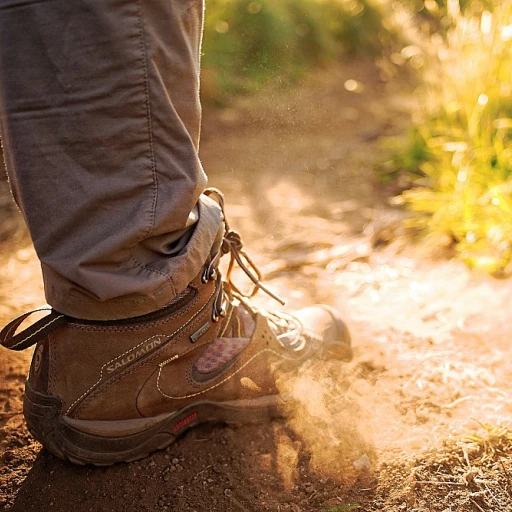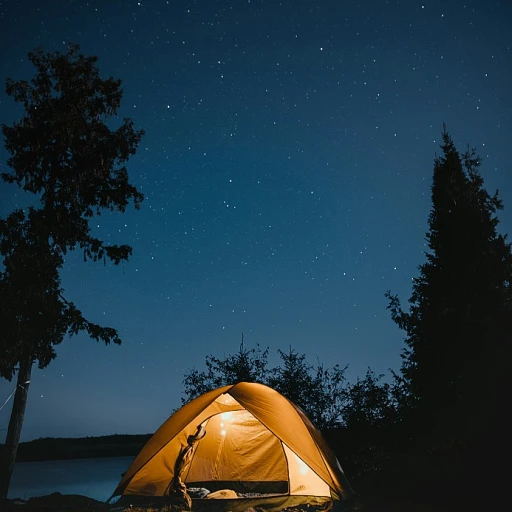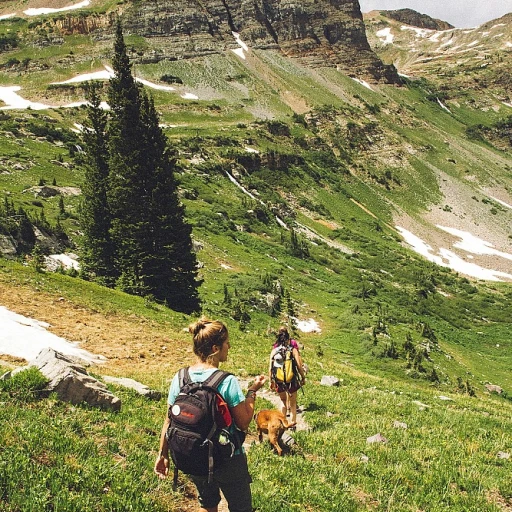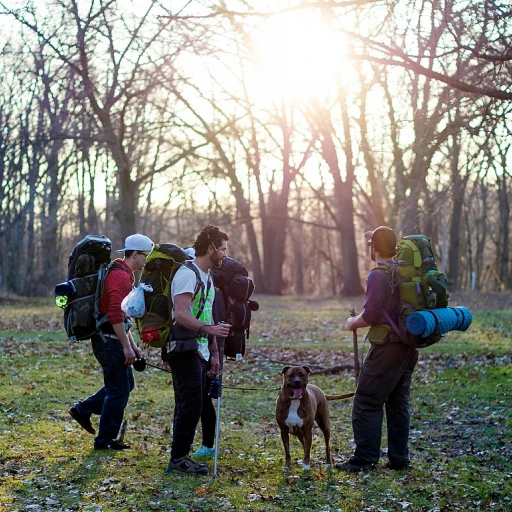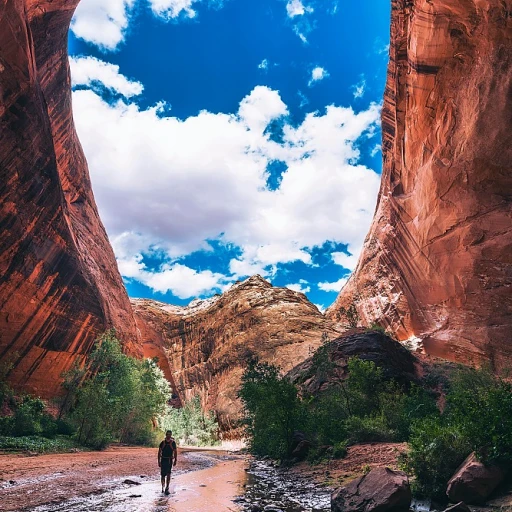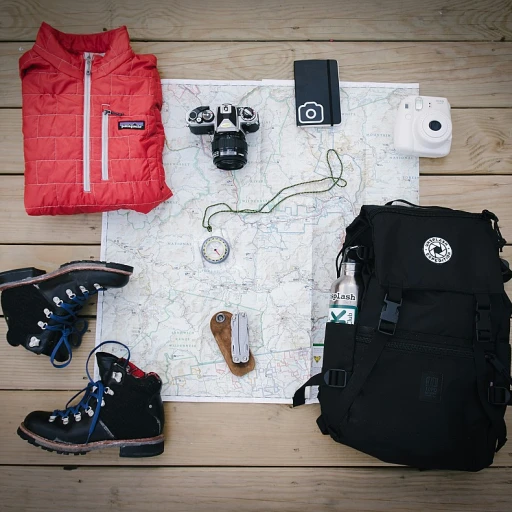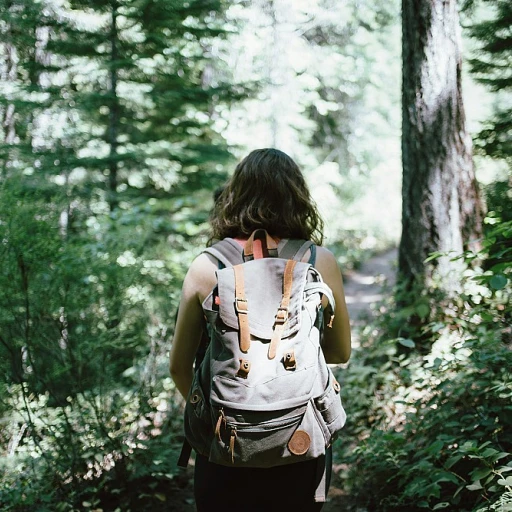
Understanding the Terrain of the Beartooth Mountains
Exploring the Heart of the Beartooth Wilderness
The Beartooth Mountains, part of the greater Yellowstone Ecosystem, offer a rugged and awe-inspiring landscape for hikers and adventurers alike. Located in Montana, this mountain range presents a diverse tapestry of terrains spanning between Yellowstone National Park and the Gallatin National Forest. The region is renowned for its striking geology, with Granite Peak towering as the highest point, captivating both mountaineers and geologists. Stretching over miles of wilderness, the Beartooth Mountains provide access to a variety of experiences, whether you're venturing from Red Lodge or journeying into the heart of the Absaroka Beartooth Wilderness. The mountain range, part of the National Forest, boasts unique features including East Rosebud and Rock Creek corridors, as well as the pristine roadways leading to scenic overlooks and campgrounds. For those intrepid souls traversing the Beartooth Wilderness, understanding the elevation changes and rocky terrain is crucial. The range's mixed conditions, from lush creek beds to exposed granite trails, demand suitable gear: a nod to the importance of selecting the perfect hiking boots. With the Stillwater Range to the east and Cooke City marking the western trails, adventurers find themselves in a landscape steeped in geological survey history and natural beauty. Access to these trails is facilitated by both road networks and forest service operations, ensuring that regardless of your starting point—be it a campground or a new creekside path—the adventure is rewarding. Each trip into the Beartooth Mountains is a journey into the wild, where historical trails meet the preserved natural wonder of the United States' national parks.Choosing the Right Hiking Boots for Varied Conditions
Choosing Footwear for Diverse Conditions in the Beartooth Mountains
Exploring the rugged terrain of the Beartooth Mountains in Montana requires preparation, especially with the choice of hiking boots. The Beartooth region is renowned for its diverse landscapes, from rocky paths to lush valleys, influenced significantly by its proximity to Yellowstone National Park. As hikers traverse this stunning wilderness, they encounter a variety of conditions, making it imperative to select the right footwear. When planning your hiking trip in the Beartooth Mountains, consider the following factors influenced by this region's unique geographical features:- Weather Variability: In these parts, including areas like Red Lodge and Cooke City, weather can change quickly. Waterproofing becomes non-negotiable, especially around water-adjacent trails such as those near Rock Creek and East Rosebud.
- Terrain Challenges: Rocky and uneven paths are common due to the geological makeup of the Absaroka-Beartooth range and its majestic peaks like Granite Peak and Mount Wood. Here, sturdy soles with excellent traction are key to navigating safely.
- Elevation and Distance: The Beartooth Highway access opens gateways to several trails but involves significant elevation changes. Comfort is crucial for long days on the trail, whether you're venturing into the heart of the Beartooth Wilderness or enjoying shorter loops near Stillwater Campground.
- National Forest Guidelines: Hiking within the Gallatin National Forest or the Beartooth Wilderness requires awareness of trail regulations maintained by the Forest and Park Service. Appropriate boots help prevent trail degradation and keep hikers safe.
The Importance of Ankle Support and Foot Protection
The Role of Ankle Support and Foot Protection in Rugged Terrain
The rugged beauty of the Beartooth Mountains in Montana comes with its challenges. Trails leading you through majestic landscapes of the Absaroka-Beartooth Wilderness often present rocky paths, unpredictable weather conditions, and diverse terrains. To conquer these trails, understanding the importance of ankle support and foot protection is crucial for any hiking trip.
Traversing peaks like Granite Peak or Mount Wood demands footwear that can withstand the complex geologies surveyed by geological experts. Rocky terrains, particularly prevalent in areas like Rock Creek and Stillwater, can be unforgiving, and without the right support, your adventure can quickly turn into a painful ordeal.
Choosing hiking boots that offer excellent ankle support helps prevent injuries from unexpected twists and turns. This is especially vital on trails like West Fork and East Rosebud, known for their uneven paths. High-cut boots often provide better security for the ankles, protecting them from strains in the varied conditions of the Yellowstone National Park region and the vast expanse of the Gallatin National Forest.
In addition to ankle support, foot protection cannot be overstated. Your feet need to be shielded from sharp rocks, such as those found near Cooke City or as you navigate the vast miles through Yellowstone and beyond. Footgear made from tough, durable materials serves as a barrier against unpredictable elements like protruding roots or loose gravel that are commonly encountered in areas managed by the Park Service and Forest Service.
As you prepare for your next journey into the expansive wilderness, considering how your boots will protect you in the varied environments of this mountain range is essential. Always aim for a balance—while ankle support is key, make sure your boots maintain flexibility for comfort and mobility. For more insights on discovering scenic routes and understanding local terrains, consider exploring hidden gems near Yellowstone to complement your hiking knowledge.
Material Matters: The Best Fabrics for Hiking Boots
Finding the Perfect Materials for Hiking Boots
Selecting the right materials for hiking boots is crucial for successfully navigating the rugged terrain of the Beartooth Mountains. The varying weather conditions and challenging paths of the range, from rocky outcroppings to muddy trails, demand materials that offer both durability and comfort. The mouth of the Yellowstone National Park opens a gateway to many such terrains. The footwear you choose must withstand not just the elements but also provide reliable traction on surfaces ranging from the granite peaks of the Absaroka Beartooth Wilderness to the forested trails of Gallatin National Forest.- Leather: A traditional choice for many seasoned hikers, leather offers robustness and decent water resistance, which is vital in areas with frequent changes in weather. The protection it provides is indispensable, especially in regions like Rock Creek or near Cooke City, where creek crossings and moisture are common.
- Synthetics: While leather is often associated with durability, synthetic materials like nylon or polyester are lightweight and breathable, making them suitable for warmer trails and lessening the fatigue over long hikes. These are ideal for explorations in areas like the East Rosebud and Stillwater valleys.
- Waterproof Linings: Given the proximity to streams and potential for sudden rain in the mountainous regions of the Greater Yellowstone ecosystem, boots with waterproof materials or Gore-Tex linings are a must. They safeguard your feet from becoming damp during those memorable trips to the trails around Granite Peak.
- Sole Materials: Vibram and other high-quality rubbers are preferred for their excellent grip and durability. This is a key element when hiking on the often slippery and steep paths near Mount Wood or the challenging west fork routes.
Maintaining Your Hiking Boots for Longevity
Prolonging the Usefulness of Your Hiking Boots
Maintaining your hiking boots, especially when tackling the hearty terrain of the Beartooth Mountains in Montana, is crucial. These rugged paths, enriched with a blend of history and natural beauty, demand more than just a seasoned hiker; they require well-kept gear. The Stillwater Range, with its rocky challenges and changing weather, can be taxing on both the footwear and the hiker. Properly maintaining your boots involves more than a quick clean-up after a trek. Instead, it's about extending the lifespan and ensuring peak performance throughout your journey into Yellowstone's nearby adventures and beyond.- Regular Cleaning and Drying: After journeying through iconic trails like those near Rock Creek or the East Rosebud, it's vital to remove mud and dust. A soft brush can help you clean in and around seams and laces. To dry, never use direct heat. Instead, air-dry them, stuffing with newspaper to speed up the process when necessary.
- Conditioning and Waterproofing: The materials of your boots matter. For instance, leather boots may need periodic conditioning to prevent cracking, especially important given Beartooth Wilderness's unpredictable conditions. Applying a waterproof treatment can also shield your boots when exploring areas like Absaroka-Beartooth National Forest, where streams and rivers are abundant.
- Checking Wear and Tear: The challenging surfaces of Granite Peak or the road to Cooke City may accelerate wear on your boots. Regularly inspect for any damage, such as worn soles or weakened eyelets, and address these issues promptly to avoid compromising your safety on trails.
- Resoling and Minor Repairs: Don’t discard the boots when you can resole them. This service is available in many places around Red Lodge and other urban centers situated near the national park areas. Simple DIY repairs can also be an option if the boots are otherwise in good shape.
